Home renovations can seem really simple when you watch how things get pulled together on a 30-minute TV show. I mean sure, there’s the odd “oh no” moment, but every problem has a solution, right? I’m a big advocate for the DIY community, and I love encouraging reno rookies to get creative. That being said, I’ve seen some pretty strange stuff. Here are the most common renovation mishaps I’ve encountered, and how you can fix or avoid them altogether.
Brian McCourt is a contractor, design expert and co-host of HGTV Canada’s Backyard Builds.
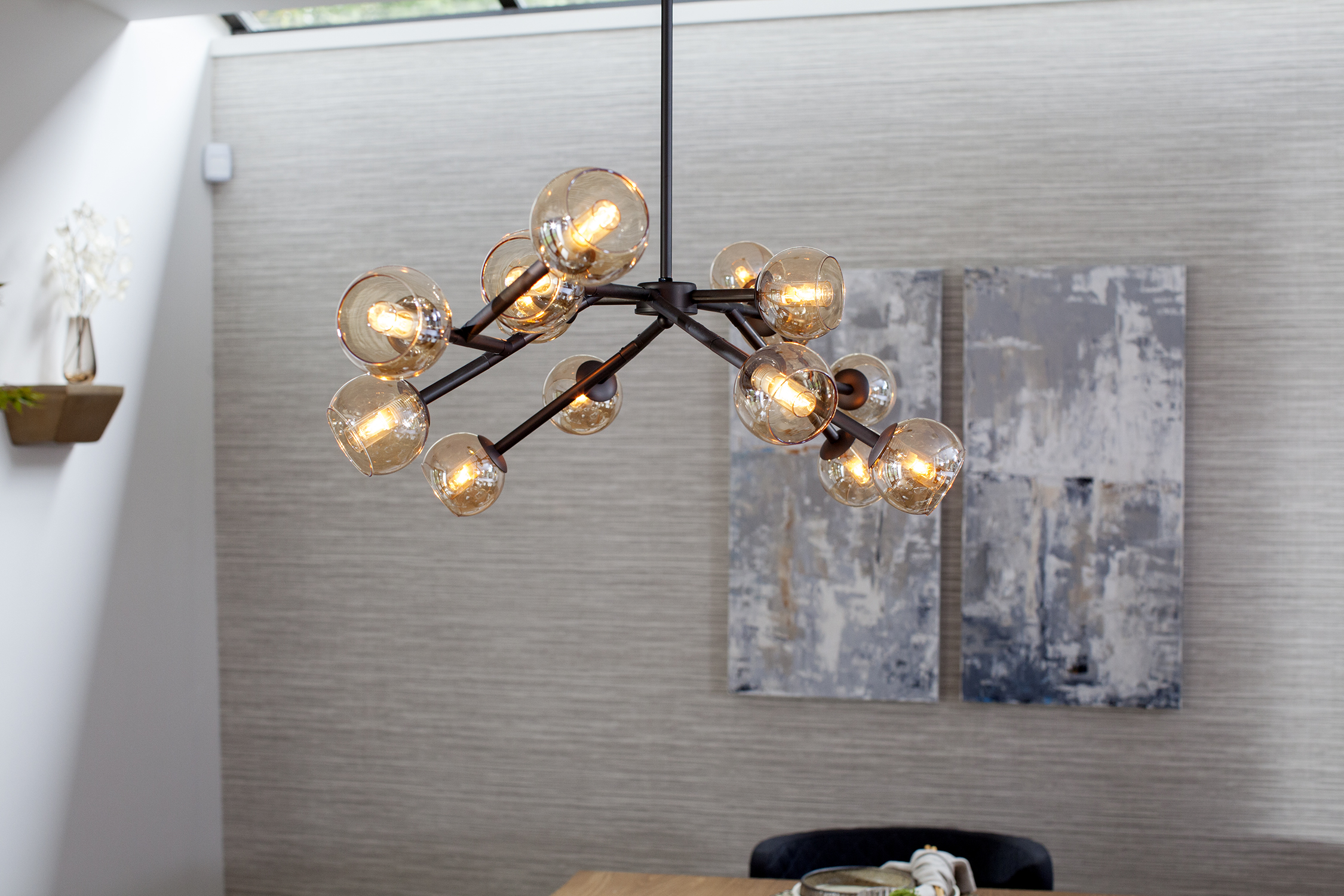
Out of Place Outlets
Setback
: So you just bought a home and you’re unwrapping your new dining room chandelier, only to realize the light receptacle’s location was seemingly chosen by someone wearing a piñata blind fold. Since you can’t hang your light fixture off-centre from your table, this is a huge problem.
Solution: A more invasive fix is to have a certified electrician relocate the receptacle and then patch the drywall scars. The quickest solution, however, is to install a hook in the ceiling and swing the chandelier to the desired location. You can also opt for track lighting, a fixture style that works well in an industrial setting and will help to centre the look.

Out of Date Outlets
Setback:
Older outlets with wide-open slots are often at an accessible height for toddlers, who are at risk of shoving their fingers or metal objects into the openings.
Solution: Growing up, I don’t remember working this hard to get power from a three-prong socket. These new outlets take a bit of time to plug in, but that’s because they were designed with safety in mind. Tamper-resistant outlets have spring-loaded openings, and only work when both the left and right sides are pushed simultaneously, which prevents our little ones from getting injured.

Forgoing Wire Inspection
Setback
: An older home could be cursed with aluminum wiring. Most newer spaces have copper wiring, which conducts less heat. But when you join aluminum to copper, your connection corrodes and overheats. This is because the metals conduct electricity at different temperatures. It’s a hot mess – so hot that it runs the risk of starting a fire.
Solution: The expensive fix is to run new copper wiring throughout, but there’s a cheaper solution: joint compound/anti-oxidant grease. If you apply this joint compound (or “black goop”) to your copper-to-aluminum connections, it acts as a neutralizer to combat overheating.

Scratched Floors
Setback
: Scratches on brand new hardwood flooring is a personal pet peeve of mine. On one hand, you don’t want to freak out about a few tiny scuffs, but at the same time, the floors are brand spanking new!
Solution: Treat your new floors like they’re in the Witness Protection Program, because until your renovation is complete, the hardwood isn’t safe. For existing marks, there are some great touch-up pens that can successfully disguise the deficiencies.

Cheaping out on Hardwood
Setback
: So you got a great deal on pre-finished hardwood. This is all fine and well, until you start installing and realize the boxes are filled with 6″ long pieces of different widths, leaving awkward gaps between the strips of wood.
Solution: While you can mend a few gaps with matching wood fill, there isn’t much you can do once it’s laid. If you do opt for a cheaper hardwood, buy extra boxes and inspect each piece before positioning. Once one plank is out of line, so is the rest of the installation.
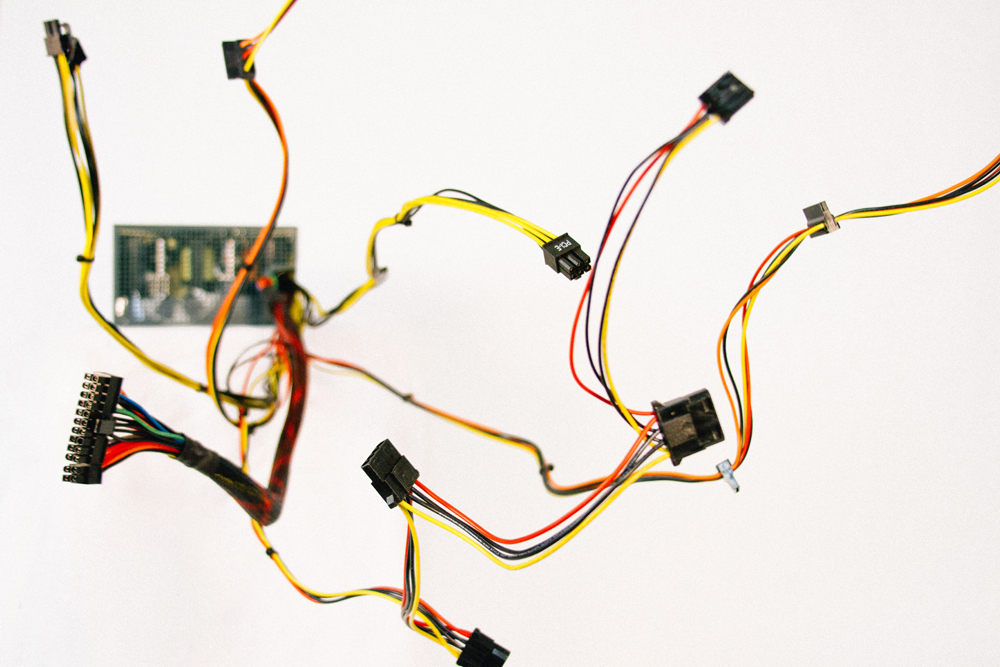
Rogue Wire Connections
Setback:
When it comes to electrical installations, thinking outside the box isn’t thinking at all. In other words: don’t overlook the importance of junction boxes.
Solution: A junction box is used to connect two wires, typically to extend the length of the wire or to join multiple wires. The box has clamps to lock the wires in place and also requires a face plate to fully enclose the connection, which protects your home from catching fire in the event of sparking. However, some low-voltage wires (ex: LED strip light) do not require a junction box.
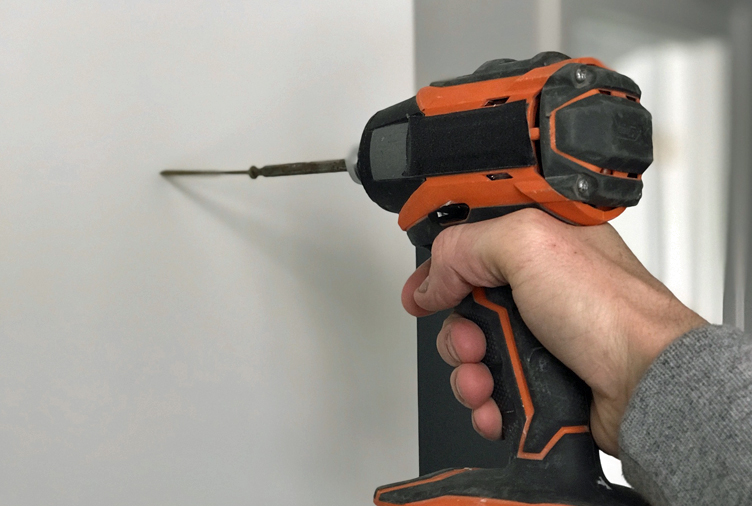
Blindly Screwing Into Walls
Setback:
Some walls are empty while others are highways for your home’s utilities that feed the rest of your house. So how do you make sure you don’t accidentally hit an electrical wire while screwing into your wall?
Solution: With a bit of investigatory effort and the right tools, you can avoid piercing your pipes, wires and vents. Avoid using screws more than 1 3/4 inches in length as wires and water lines often run through the center of 2X4 framing.

Washer Leaks
Setback
: Taking on the risky job of installing appliances DIY style is not for the faint of heart… especially when you realize something went awry and the machines leak with every use.
Solution: Monitor the devices through a full cycle before walking away. I’ve seen drain clamps that weren’t tightened enough and others that were over-tightened and cut through the seal. I recommend hiring a plumber for these jobs, but if you’re going to take the reins, be sure to watch a few instructional videos online.
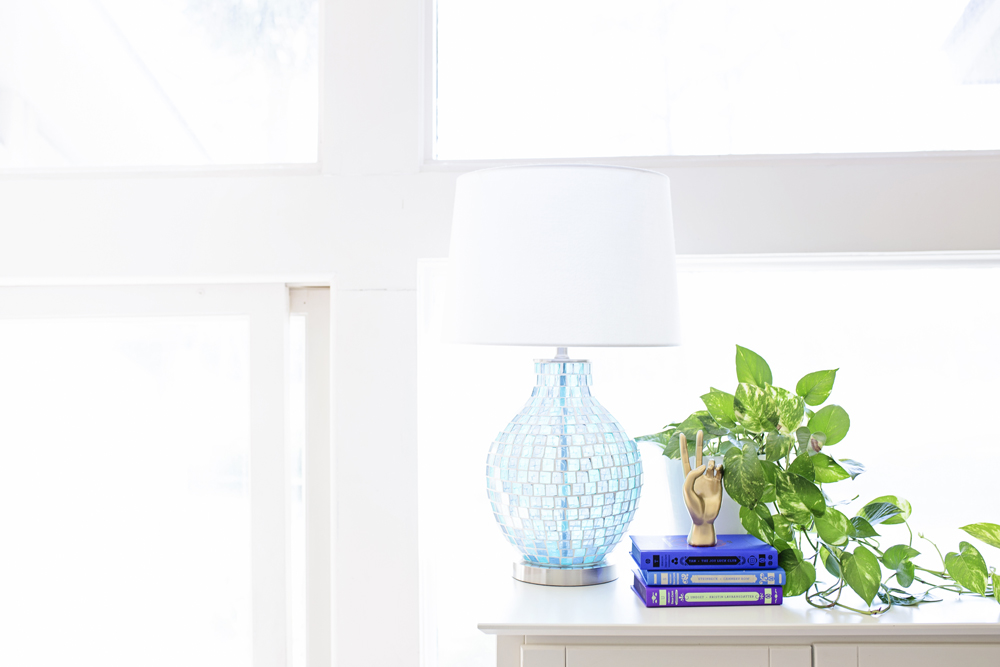
Wrong Window Foam
Setback:
Installing a window can be pretty simple. With a bit of framing, cedar shims, some screws and expanding foam, you can reap the benefits and beauty of new windows. But using the right products to install them is key – especially the right expanding foam. Most commonly seen when installing budget-friendly windows, over-expanding foam can actually bow the window frame and make it impossible to open and close properly.
Solution: When this is the case, the only solution is to cut them out and reinstall them again.
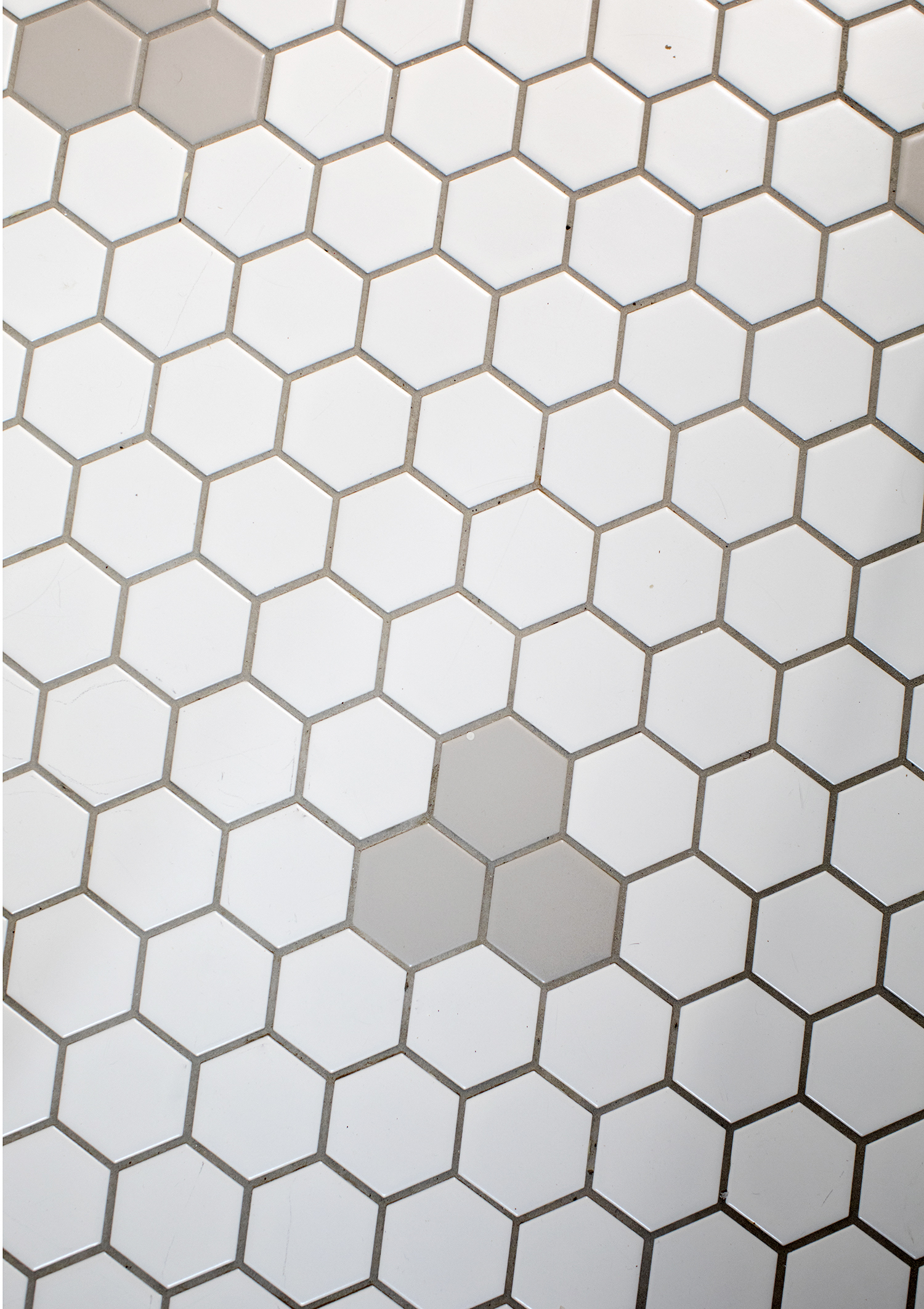
Sloppy Tiling
Setback
: Poor tiling installs hurt my feelings. No matter how well everything else was done behind the walls, if the tiling isn’t level or straight, it instantly reduces the quality of the renovation.
Solution: The worst part is that there’s no quick fix. You have to rip out the tile and start again. That’s just heartbreaking and wasteful. For me, calling in an expert installer is almost as important as hiring a plumber or an electrician.

Poor Paint Touch Ups
Setback:
This one is coming from the design side of my brain because I have a sixth sense – I see paint patches. Contrary to popular belief, you can’t just colour match a paint and expect it to blend with the existing paint. It has to be from the same brand, finish and batch.
Solution: For the perfect patch, repaint the whole wall, corner to corner. The bonus is that if the paint is not from the original can, it will be extremely hard to tell thanks to shadows in wall corners.

Installing It Anyway
Setback:
Bad planning can be haunting, like when a house goes on the market and there’s toilet access from the kitchen, or when cabinet drawers don’t open because of an obstruction.
Solution: One of the best lessons learned is if a mistake is made during the planning process and it’s not logical to work with, then don’t do it. Resist the temptation of installing it anyway to get it done.
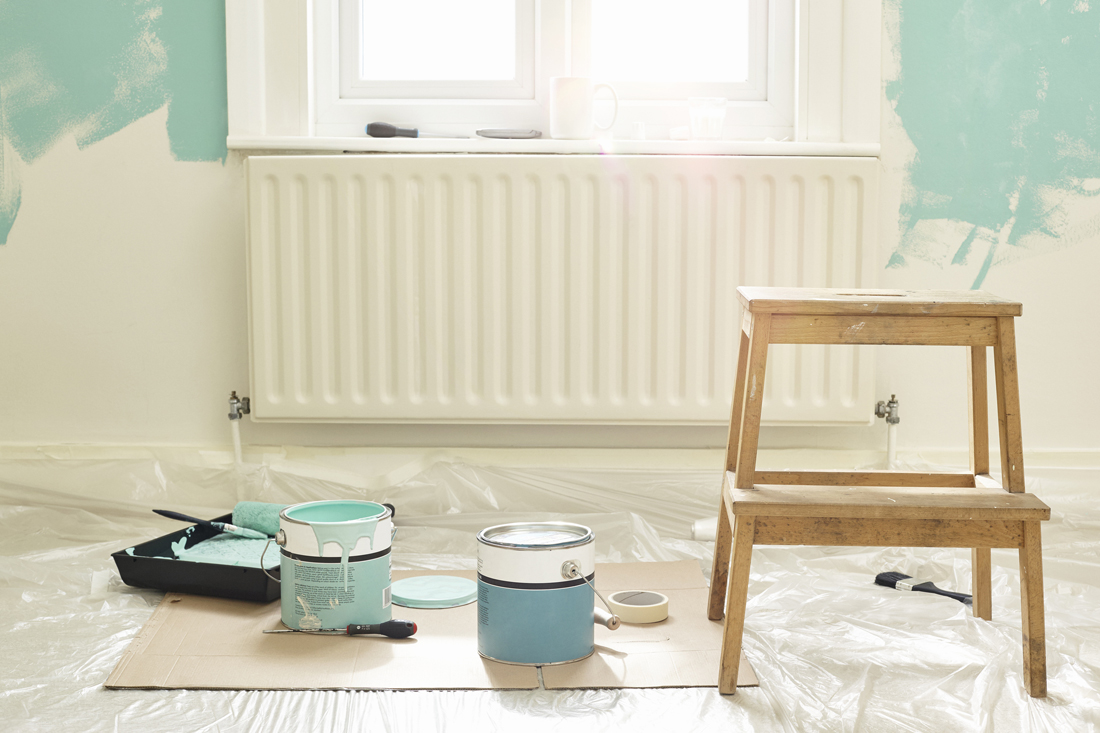
Over-Renovating
Setback
: It’s easy to get swayed by the idea of restoring a home that appears to have so much potential. But renovating isn’t always the answer.
Solution: Sometimes your structure is so far gone that it’s far less wasteful and expensive to start from scratch and re-build. If you’re having to “sister” your structural beams and posts on both sides, it’s a good indication that tearing down the property to build new is the best solution.

Compromised Structure
Setback
: Cutting through your home’s structure to run plumbing, HVAC or major electrical wiring is the ultimate cliffhanger moment (cue the danger music). I often see this when renovating older homes.
Solution: Depending on the severity, there’s no quick fix. While bulkheads (those drywall ceiling enclosures pictured above) can be unsightly, they’re necessary to run utilities through your house without compromising its structure. If damaged, you may need to sister up the joists, rebuild walls and have the utilities relocated.

Setting Support Posts Into Concrete
Setback
: There’s a common misconception that pressure-treated wood won’t rot. It will, but at a much slower pace. The problem with placing posts directly into concrete is that the material shrinks as it cures. You’re essentially creating a void between the post and the concrete for water to fill, which will eventually rot the base of your supports.
Solution: Pour concrete footings, then secure post saddles (U-shaped hardware) to stabilize your supports that sit on the concrete footings. I’ll make an exception for fence posts because they don’t bear as much weight. You can also seal the bottom of the posts for further protection.

Not Grading
Setback
: One of the biggest mistakes people make when backyard building is starting a project before grading the home. Grading is the work involved to ensure a yard is level or sloped away from the house. I feel all warm and fuzzy inside when I see a property that’s properly sloped because I’m already one step ahead.
Solution: Grading reduces the risk of basement flooding or “ponding” near the house and prevents foundation deterioration. If you reno your yard right away, you won’t have proper access to grade after the fact. We have to do things in a certain order, and grading is top priority before anything else.

Frost Heave
Setback
: You just built a beautiful backyard fence and you’re so proud. But come winter, those shady neighbourhood kids ripped out a few posts while you were sleeping! Not so. You’ve been victimized by frost heave. This occurs when the ground freezes and pushes your supports out.
Solution: Think about when you put beer bottles in the freezer to get them extra cold, only to have them expand and shatter when forgotten about. Since liquid (or moisture) expands when it freezes, it can break through glass and also extract your footings from the ground. To avoid this, dig them a minimum of 48″ deep, which is below the frost line.
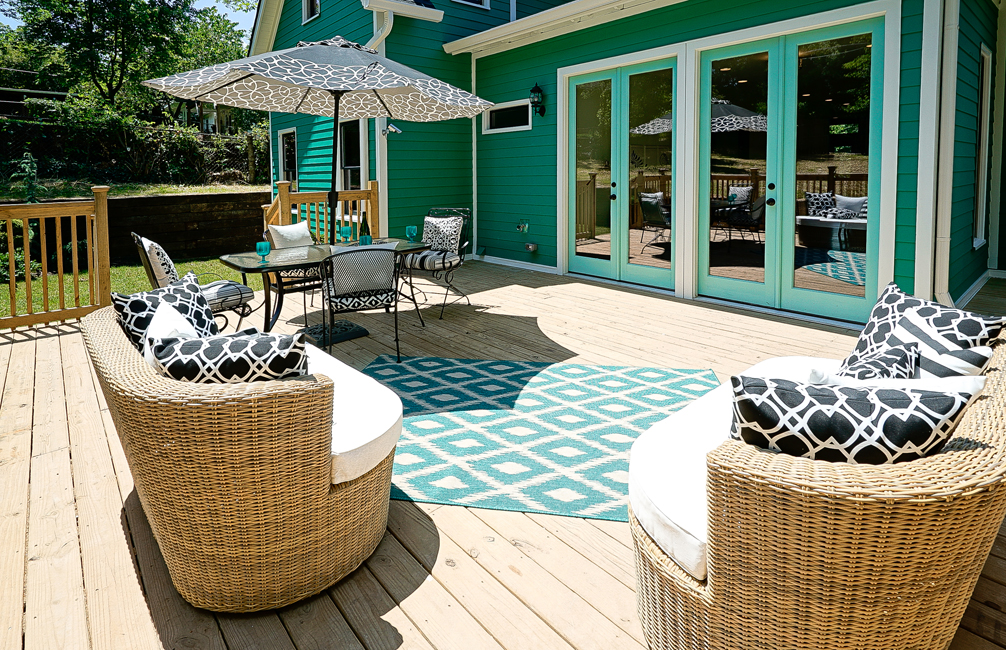
Furniture Damage
Setback
: People spend a lot of money on outdoor furniture. Then the hustle of fall comes, and they forget to cover or store it property before the first snowfall.
Solution: While forgetting to care for outdoor furniture isn’t the end of the world, it significantly reduces the life of each piece. Put an annual reminder in your calendar when the clocks turn back an hour to winterize your backyard.
HGTV your inbox.
By clicking "SIGN UP” you agree to receive emails from HGTV and accept Corus' Terms of Use and Corus' Privacy Policy.




